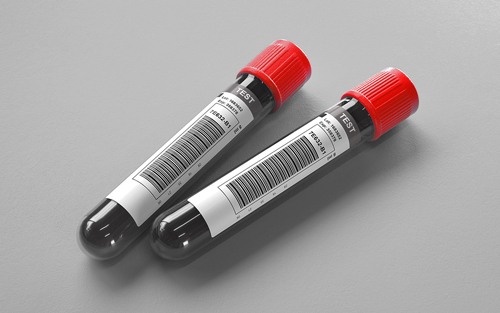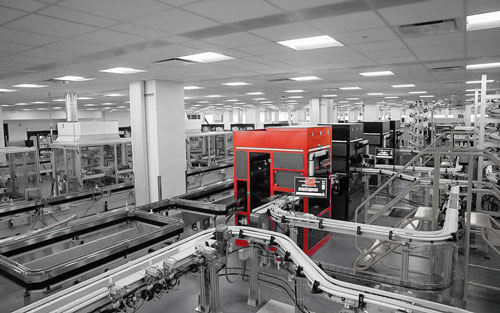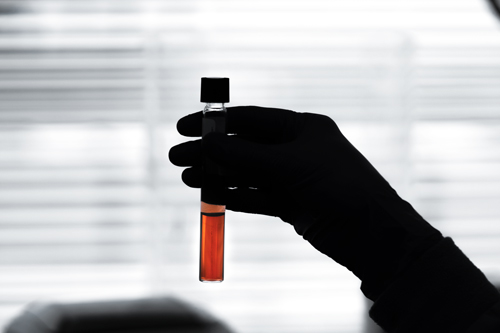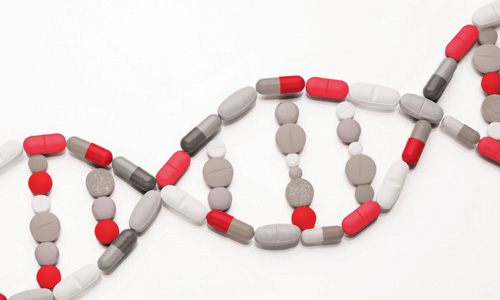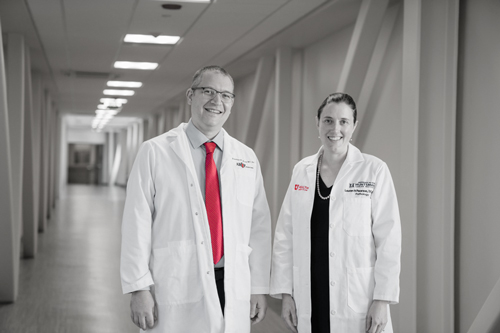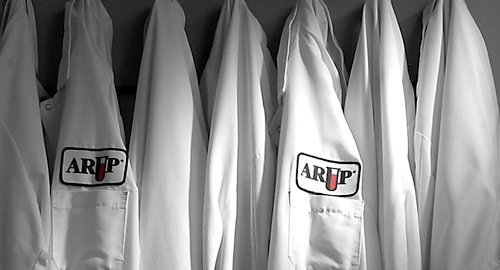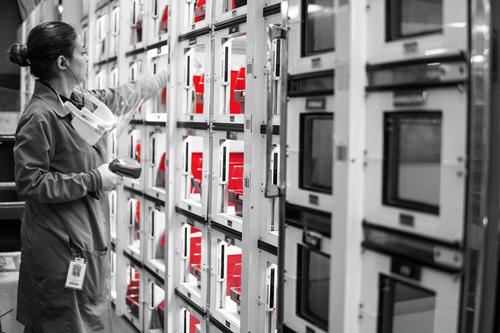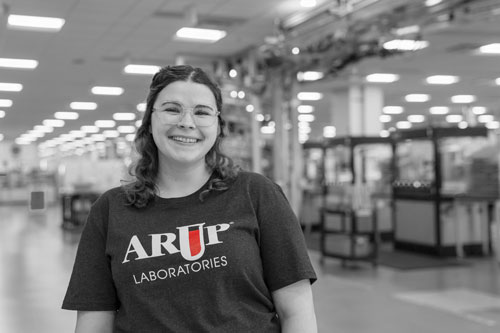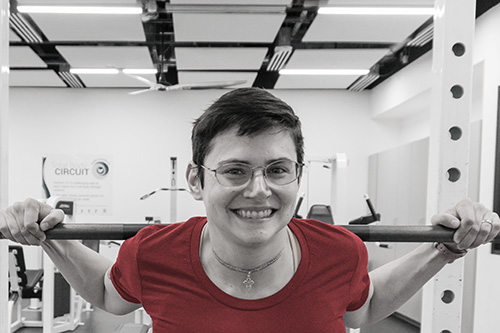Cold Agglutinins
Ordering Recommendation
New York DOH Approval Status
Specimen Required
Serum separator tube or plain red.
Keep in warm water (37 degrees C) until processed for transport by laboratory; refrigeration of specimen before separation of serum from cells will adversely affect test results. Transfer 1 mL serum to an ARUP standard transport tube. (Min: 0.25 mL)
Refrigerated.
Plasma or CSF. Refrigerated whole blood. Contaminated, severely hemolyzed, or lipemic, specimens.
After separation from cells: Ambient: 48 hours; Refrigerated: 2 weeks; Frozen: 1 year (avoid repeated freeze/thaw cycles)
Methodology
Semi-Quantitative Hemagglutination (HA)
Performed
Tue, Thu, Sat
Reported
2-7 days
Reference Interval
Interpretive Data
Titers of 1:32 or higher are considered elevated by this technique. Elevated titers are rarely seen except in primary atypical pneumonia and in certain hemolytic anemias. If the agglutination is not reversible after incubation at 37 degrees C, then the reaction is not due to cold agglutinins.
Primary atypical pneumonia can be caused by Mycoplasma pneumoniae , influenza A, influenza B, parainfluenza, and adenoviruses. However, a fourfold rise in the cold agglutinins usually begins to appear late in the first week or during the second week of the disease and begins to decrease between the fourth and sixth weeks. Low titers of cold agglutinins have been demonstrated in malaria, peripheral vascular disease, and common respiratory disease.
Standard
Note
Hotline History
CPT Codes
86157
Components
| Component Test Code* | Component Chart Name | LOINC |
|---|---|---|
| 0050175 | Cold Agglutinins | 5098-9 |
Aliases
- Cold Agglutinin Titer
- Febrile Agglutinins
